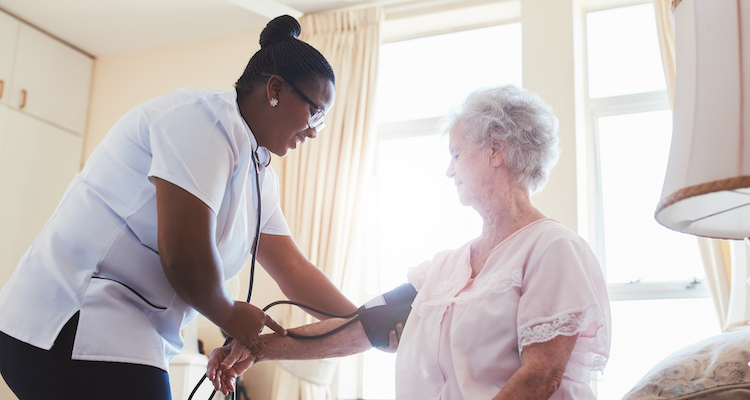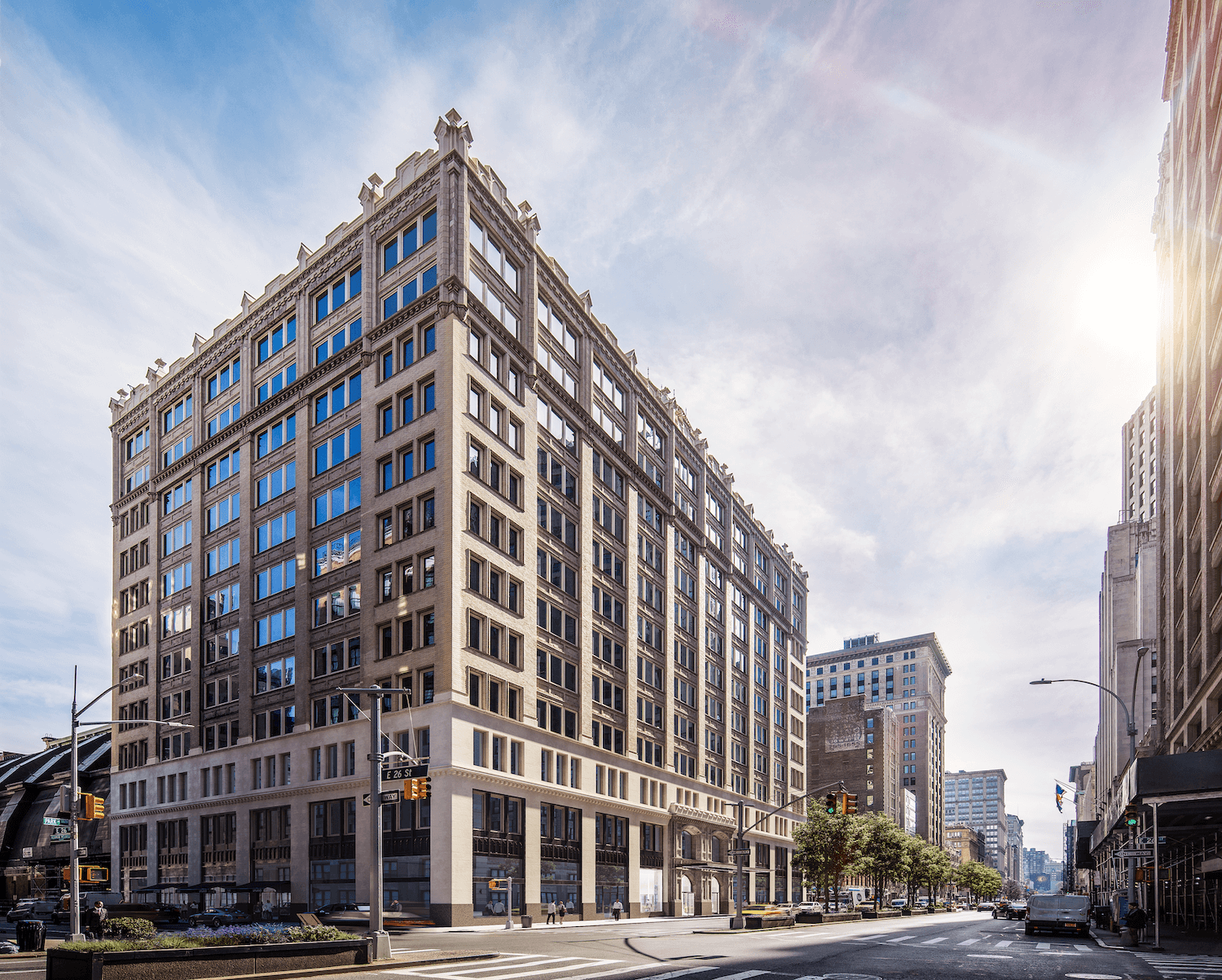In 2017, 352,585 new patents were granted and 374,731 patent applications were published by the US Patent and Trademark Office. The publication number represents a roughly 5% decline from the previous year. One trade publication comments that one reason for the decline is “patent owners are getting smarter and doing a better job of filing patent applications that are more useful.[1]” Regardless of the decline, there are still on average over 1,000 new patent applications published daily. Patent owners and inventors continue to see high value in obtaining patent exclusivity and are willing to pay the costs. Despite all the criticism of the US patent system and all the uncertainty, patent owners continue to trust that the system is reasonable and useful.
While the pro-patent mentality has a long history in the U.S., originating in the U.S. Constitution, it is also interesting to look at IP activity from other parts of the world. US patentees continued to dominate patent grants at the US Patent Office with 179,522 patents last year (patent owners from the rest of the world received 173,063 patent grants). South Korea came in second with 23,525 patents followed by Germany (17,545), China (13,120) and a tie between Japan and Taiwan (12,622 each). European countries, such as the UK, France, an Italy produced significantly fewer patents. The worldwide patenting activity, however, is different. According to the World Intellectual Property Organization Report for 2016[2], that year Asia produced just over 2 million patent applications or 64.6% of all patent applications filed world-wide, three times more than North America.
The same report shows China emerging as one of the lead innovators, with over 1.2 million patent applications filed at its home office in 2016, predominantly from residents of China, followed by ~600,000 applications filed in the US, split roughly evenly between residents and non-residents. Rounding out the top 3 is Japan, which also had roughly 300,000 domestic applications, and a smaller proportion of applications from non-residents.
Looking more closely at China’s patent office, Chinese entities filed four times more patents in China than U.S. entities did in the U.S. However, numbers alone may be misleading, as some commentators suggest that Chinese companies are required to file a certain number of patents and the pressure from this requirement produces low quality patent filings. On the other hand, the increased patent activity from China and other countries in Asia may indicate a drastic change in the IP enforcement attitudes from anti- to pro-patent. The numbers may reflect a genuine boom of the Chinese IP economy.
In the U.S., two areas remain as pillars in the U.S. intellectual property system – innovative activity at academic institutions, and IP enforcement by the U.S. Federal courts. In 2016, 9 of the top 10 most innovative universities by the number of issued patents are in the U.S, led by the University of California system, MIT, and Stanford. The lone OUS academic institution to crack the top 10 is Tsinghua University[3].
In 2017, 4,072 new patent cases were filed in district courts, down from a peak of 5,874 in 2015, but up from the low of 2,582 in 2005. Last year patent cases also saw renewed interest by the US Supreme Court. The highest court reviewed and clarified several memorable issues. In Life Technologies. Corp. v Promega Corp., infringement by a single component of a multi-component system assembled abroad was reviewed. The topic of laches, or unreasonable delay in bringing a suit was revisited in SCA Hygiene Products v First Quality Baby Products, LLC. Patent exhaustion (Impression Products Inc. v Lexmark International Inc.) and proper litigation venue (TC Heartland LLC v Kraft Food Group Brands LLC) were also revisited. Even the constitutionality of IPR proceedings was taken up by the Supreme Court in Oil States v Greene’s Energy Group for review.
The rate of innovation in the U.S. appears robust and healthy and there is hope that the renewed interest from the Supreme Court will inject even greater predictability into U.S. patent litigation.
[2] http://www.wipo.int/edocs/pubdocs/en/wipo_pub_941_2017-chapter2.pdf
[3] National Academy of Inventors, “Top 100 Worldwide Universities Granted U.S. Utility Patents” 2016










